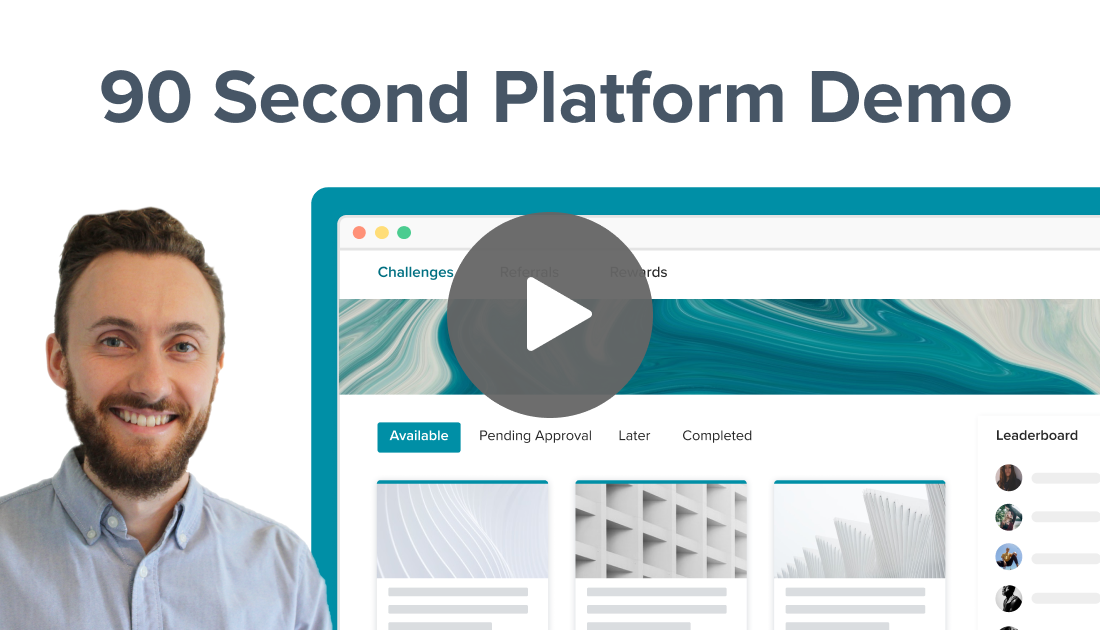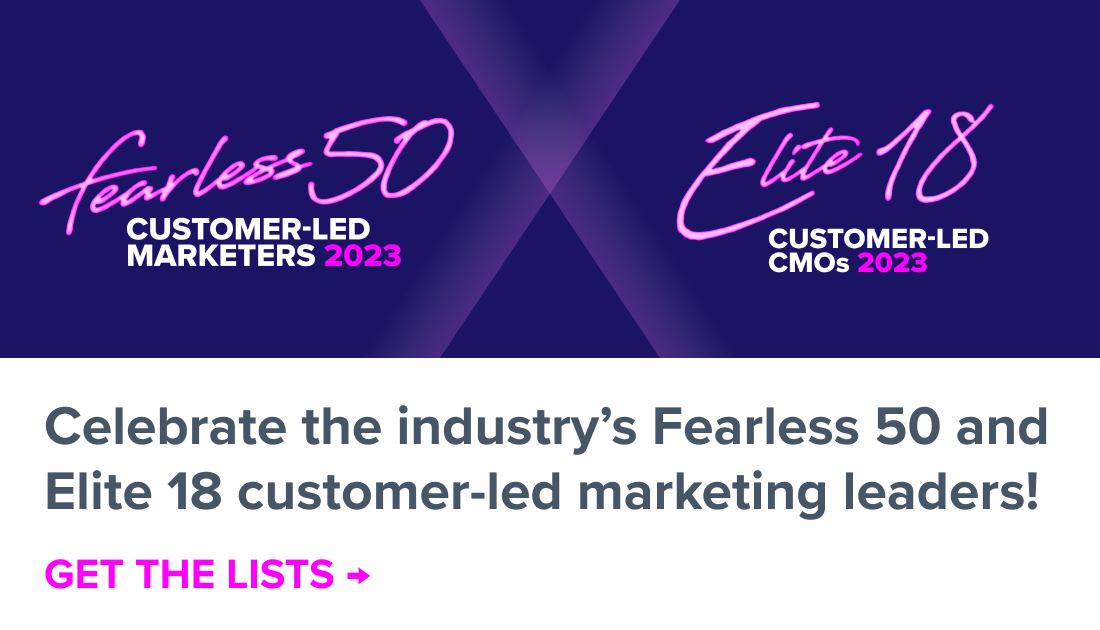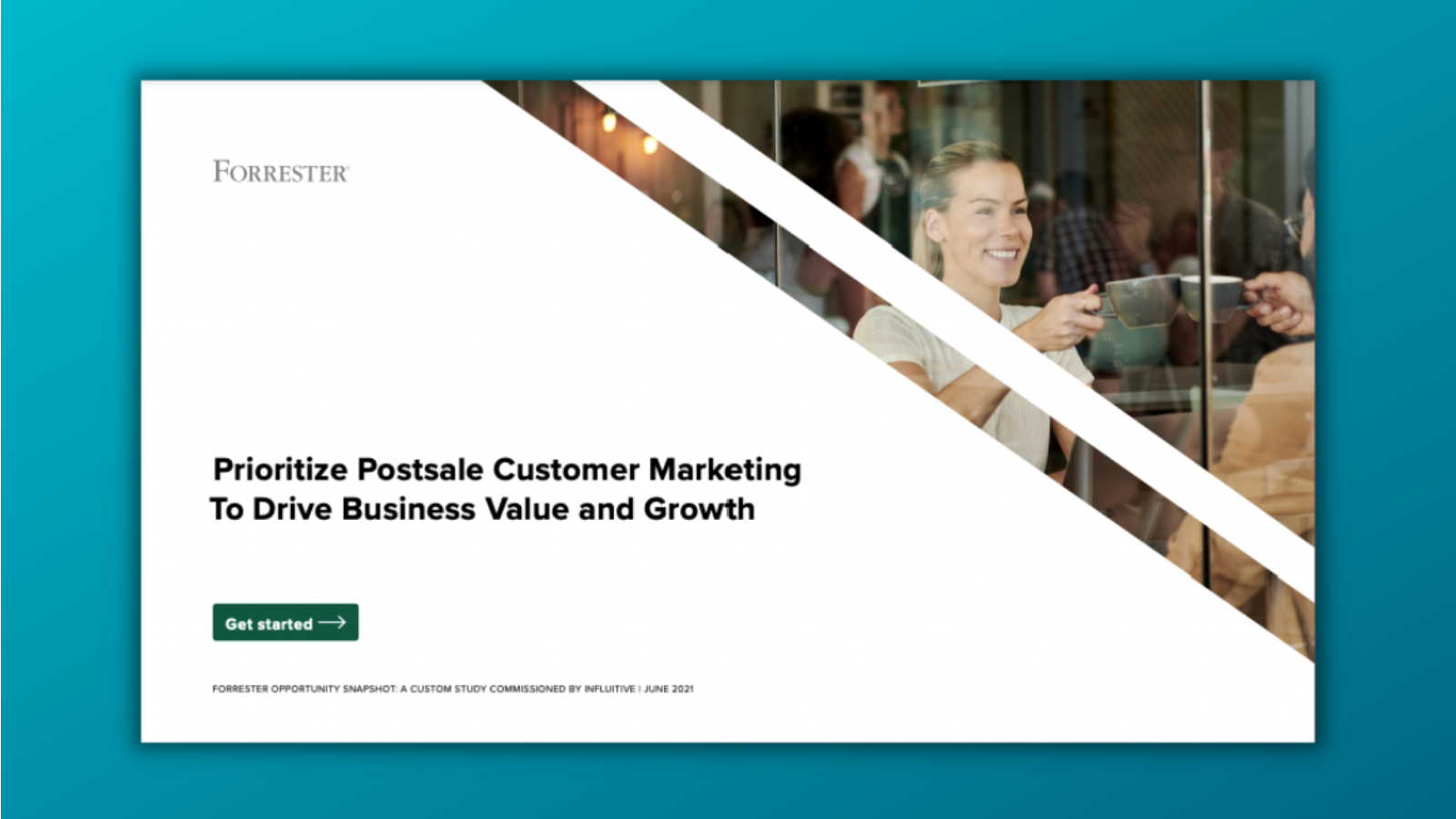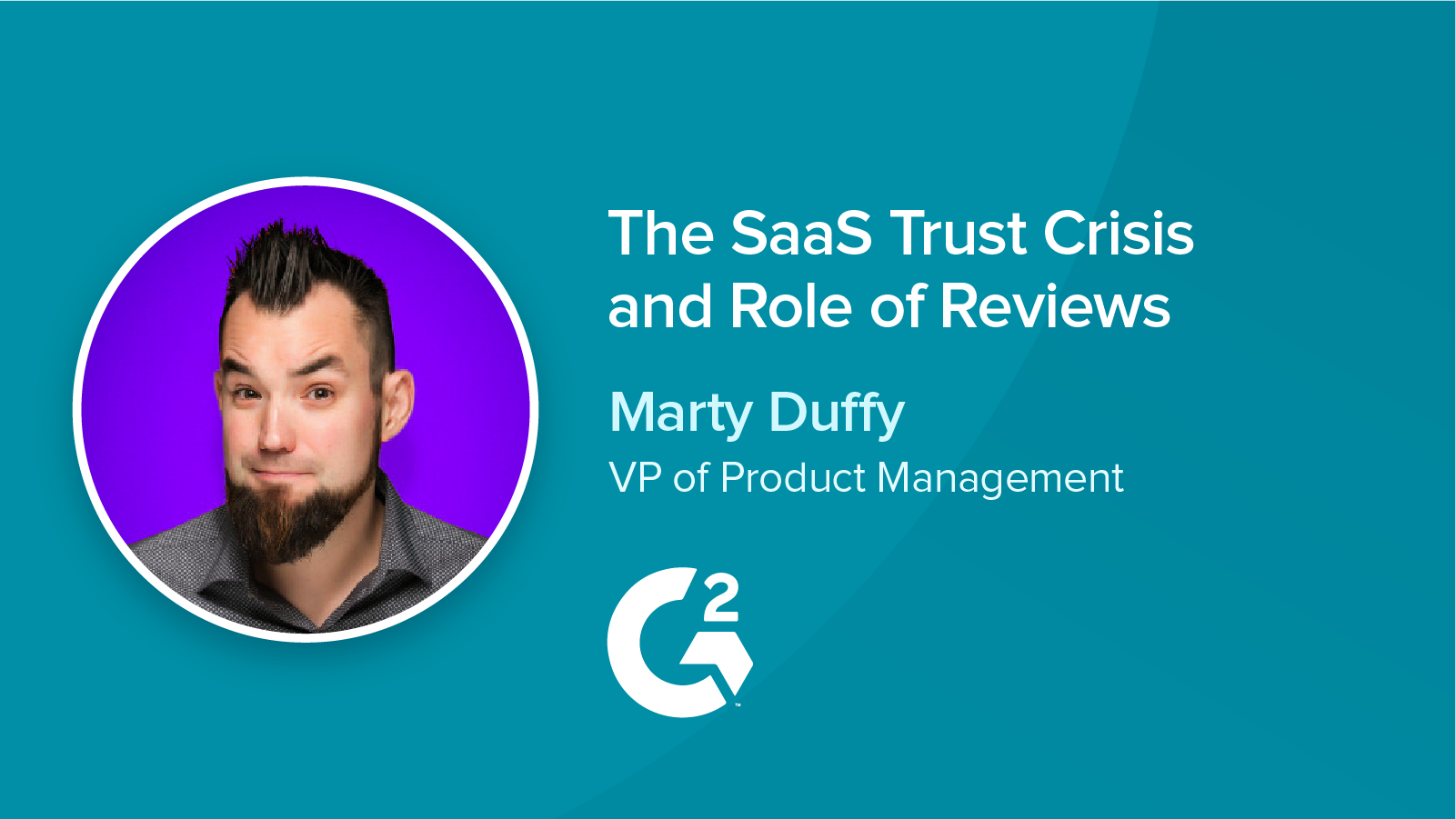Start or Scale Your Program With Our
Customer Advocacy Platform
Discover Influitive’s next-gen platform: Engagement reimagined for the modern customer

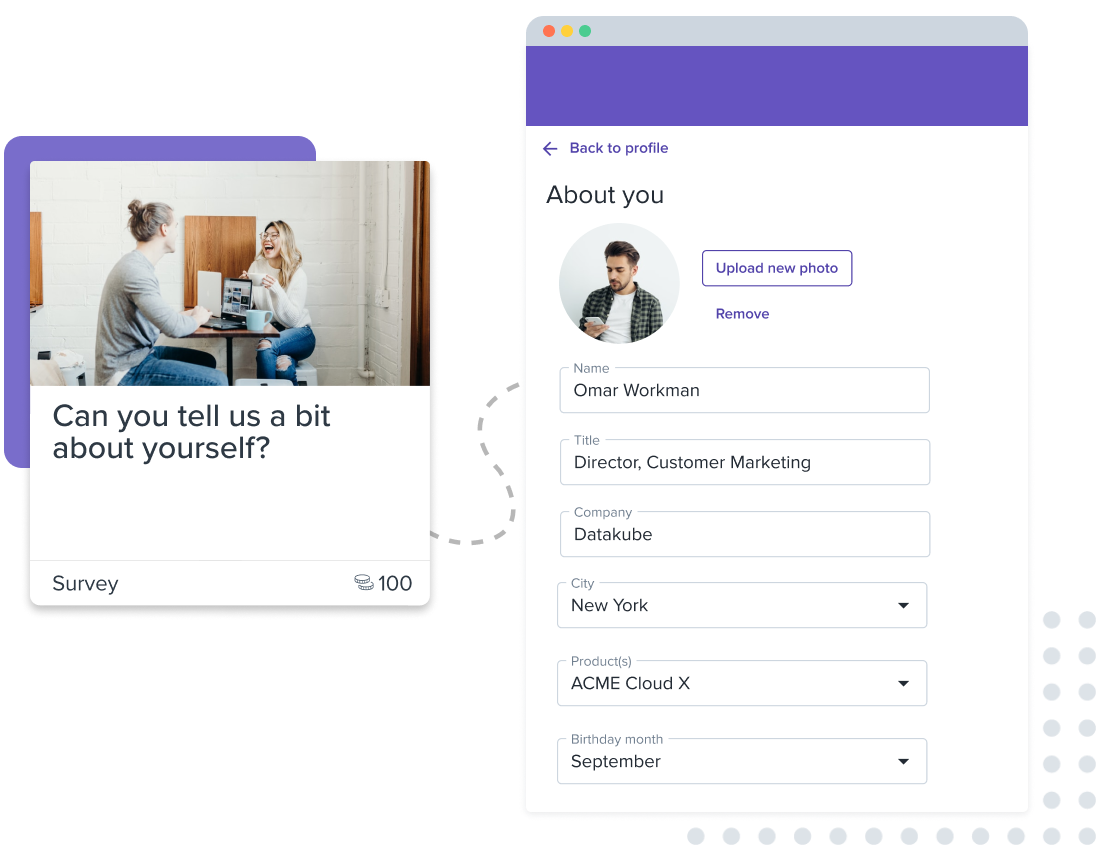
Discover new advocates and build data-rich profiles on each
Deepen every customer relationship as you gather zero-party data and learn how/when to engage them on their terms.
Scale the voice of the customer and reduce marketing spend
Gather feedback and testimonials rapidly and create user-generated content that converts—infusing the voice of the customer into marketing materials and sales conversations.
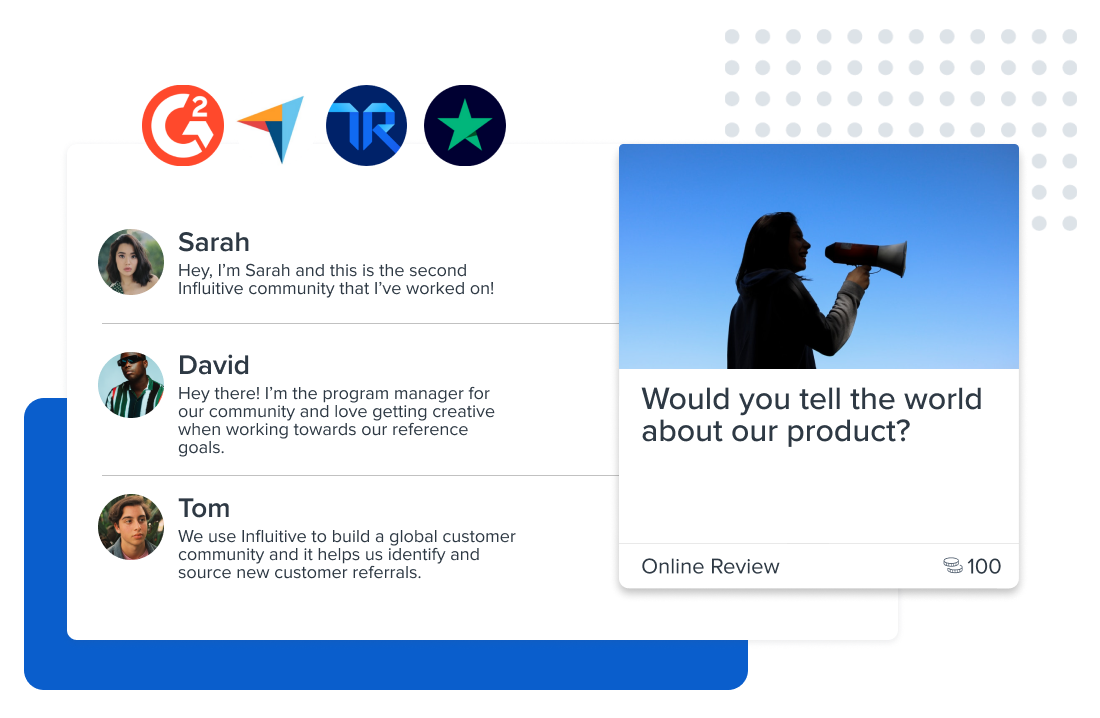
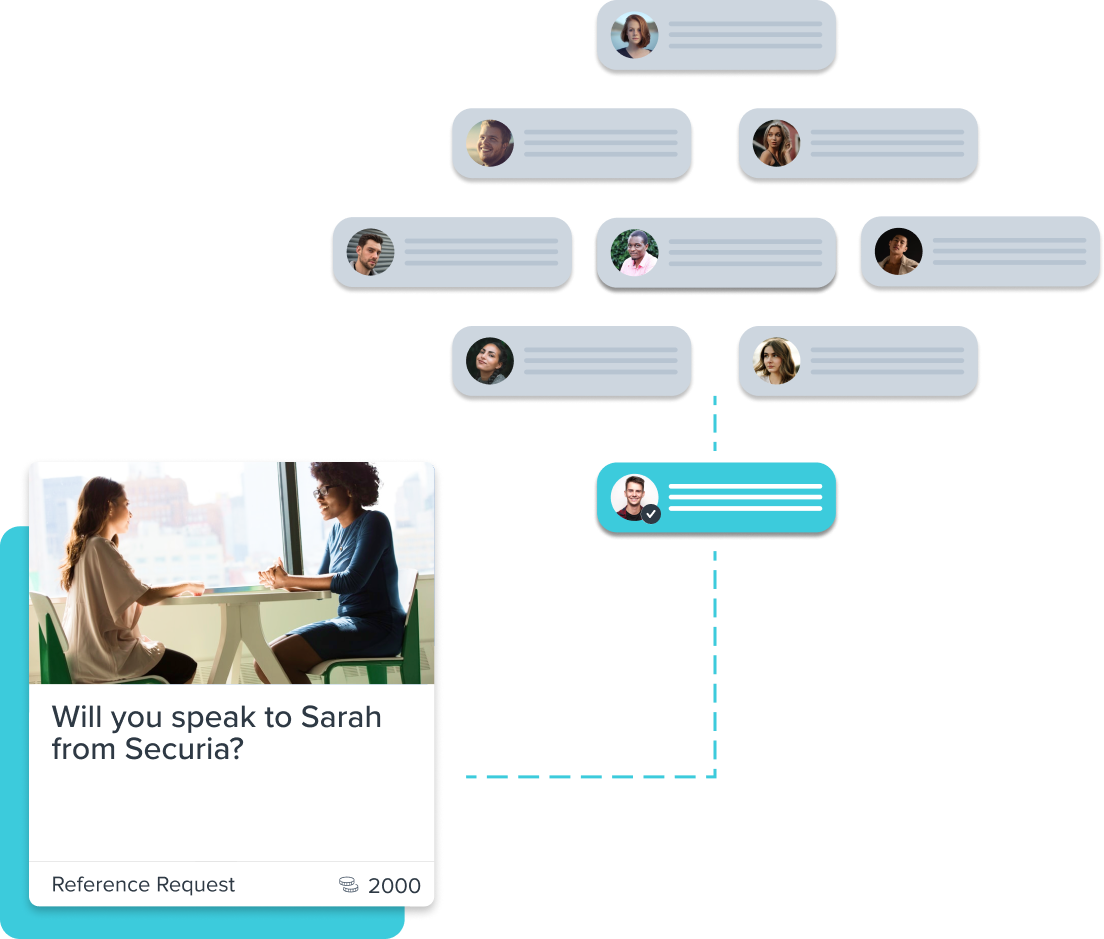
Build a powerful reference pool and close deals faster
Recruit new referenceable customers then leverage our Salesforce app for an end-to-end solution that matches the right reference to the right opportunity and helps you measure impact.
Gather referrals and push new leads into nurture campaigns
Members refer their peers directly or share personalized links. Every new referral is pushed straight into your CRM or Multichannel Marketing Hub and members can track each milestone.
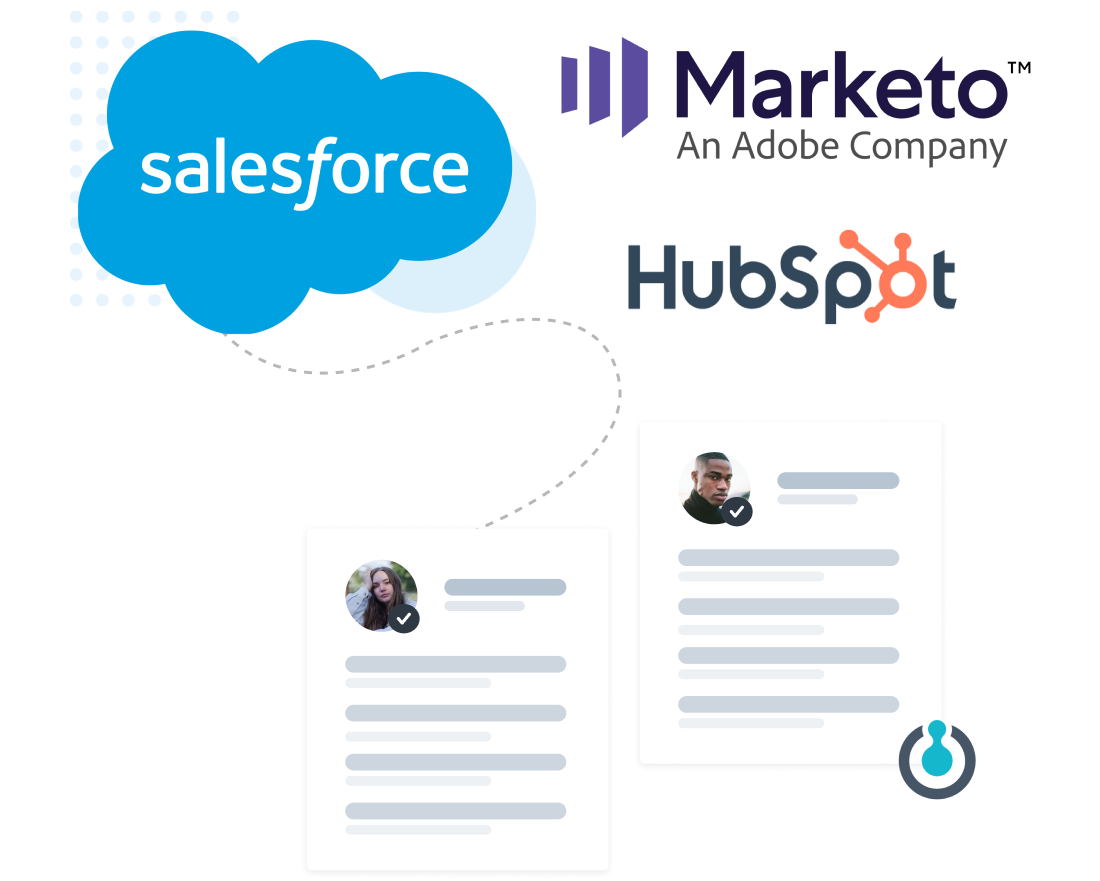
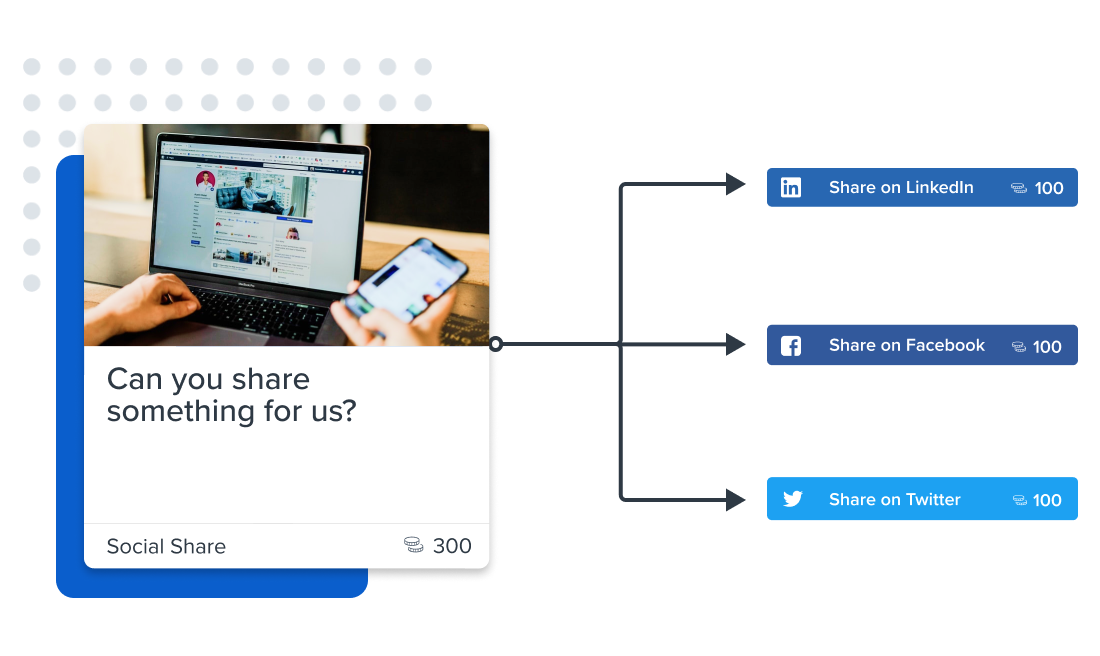
Cut through the noise while you drown out the competition
Bring an advocate megaphone to support your message and your brand on social media, at events, and in the news. Bring an army of social proof wherever you go.
Here’s what marketers say about our
customer advocacy platform
With Influitive, advocacy is fun. The platform lightens my workload because I can create, manage, and track our customer advocacy efforts with a single solution. It has helped me grow as an advocate marketer and supported my journey to put Genesys customers first, share our company values, and create an empathetic, human-centric, hyper-personalized advocate experience.
Our program provides [our sales team] with the referrals, references, and reviews they need to close new business. I have salespeople coming to me all the time looking for specific kinds of product references, and we have this amazing community of customers who have already raised their hands to speak to potential customers.
Influitive makes connecting with your customers very easy. The fact that you are able to gamify the whole experience makes it 10x more fun for the customer. Due to this platform, we have been able to cultivate super-users/customers that step up for any advocacy opportunities.
1,092
Third-party reviews
![]()
186+
Referrals received in 2020
![]()
86K+
Social shares from members
![]()
Resources to get you started
With Influitive, your advocates fuel business growth and customer success
Whether you want to generate more leads and references, drive more customer success, or even improve future products through direct customer feedback, Influitive has got you covered. We’re ready when you are.





















